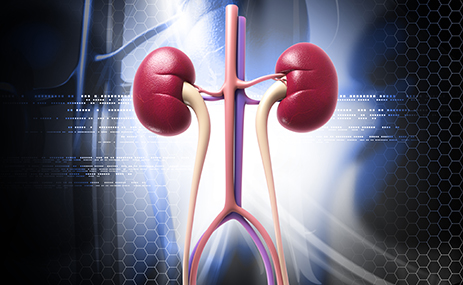Long-term data from this registry account for the largest cohort of hypertensive patients who received renal denervation in a real-world clinical setting. This study, recently published by the European Heart Journal, confirms both the safety and efficacy of the procedure with significant and sustained reductions in both office and ambulatory blood pressure.

The Global SYMPLICITY Registry included 1742 patients followed for 3 years. Registries of baseline office and ambulatory systolic blood pressure were 166 ± 25 and 154 ± 18 mmHg, respectively.
Registry systolic blood pressure reduction was sustained during follow-up in both office (–16.5 ± 28.6 mmHg; p < 0.001) and 24-hour ambulatory systolic blood pressure (–8.0 ± 20.0 mmHg; p < 0.001).
21% of patients had glomerular filtration <60 mL/min/1.73m2. There was filtration reduction of 7.1 mL/min/1.73m2 in patients with no history of chronic kidney failure and of 3.7 mL/min/1.73m2 in chronic kidney failure patients. There was no other alteration at long term that could be related to the procedure.
Read also: Microvascular Angina Could Have Risk Gradients.
Twenty-one percent of analyzed patients had a glomerular filtration rate <60 mL/min/1.73 m2. There was a filtration reduction of 7.1 mL/min/1.73 m2 in patients without chronic kidney disease and of 3.7 mL/min/1.73 m2 in patients with chronic kidney disease. There were no other long-term alterations that may be related to the procedure.
Conclusion
The long-term data of the Global SYMPLICITY registry represents the largest cohort to receive renal denervation. The procedure has been shown safe and effective with sustained BP reduction at 3 years.
2019-11-21-simplicity-registry
Original Title: Effects of renal denervation on kidney function and long-termoutcomes: 3-year follow-up from the Global SYMPLICITY Registry.
Reference: Felix Mahfoud et al. European Heart Journal (2019) 40, 3474–3482.
Get the latest scientific articles on interventional cardiologySubscribe to our weekly newsletter
We are interested in your opinion. Please, leave your comments, thoughts, questions, etc., below. They will be most welcome.





